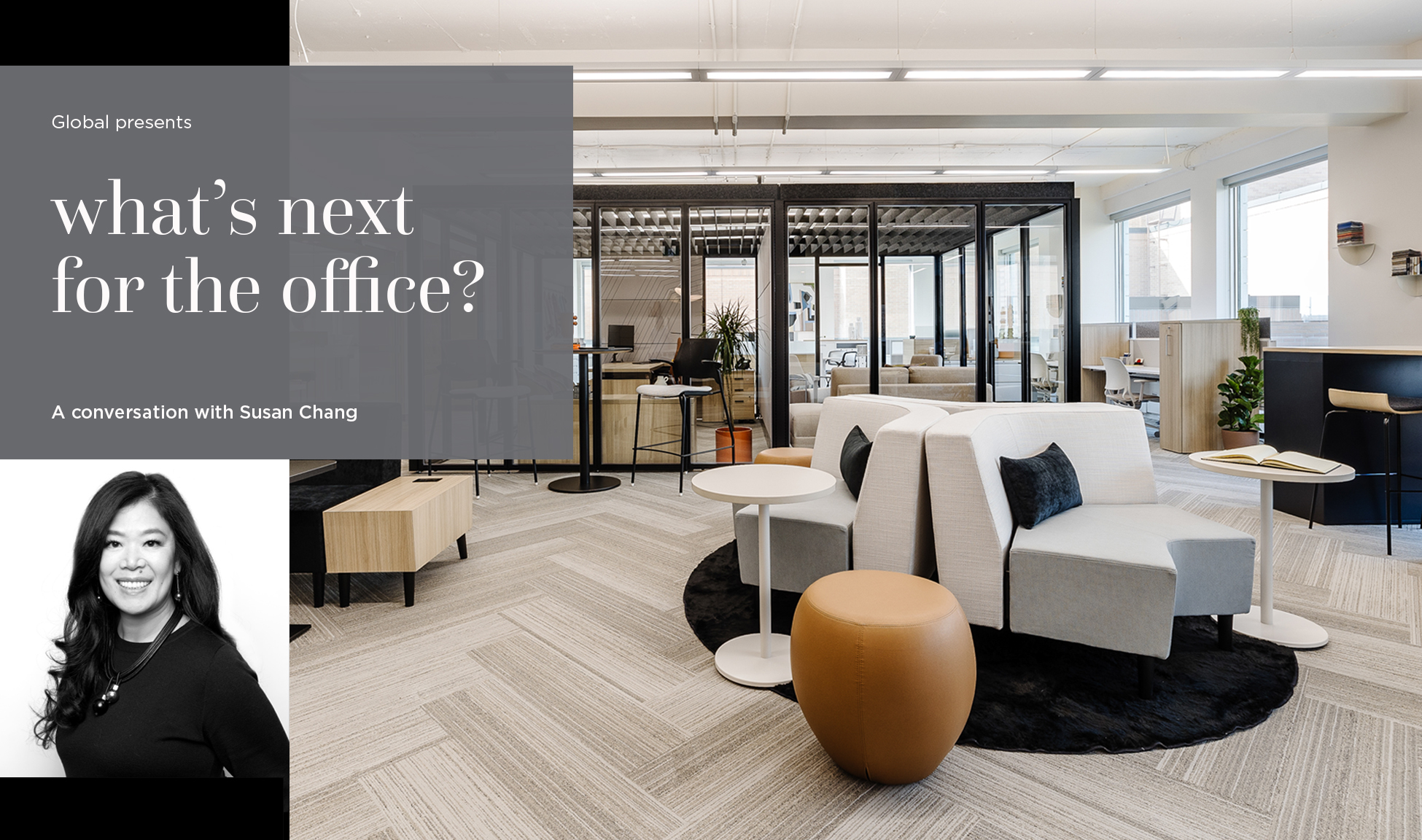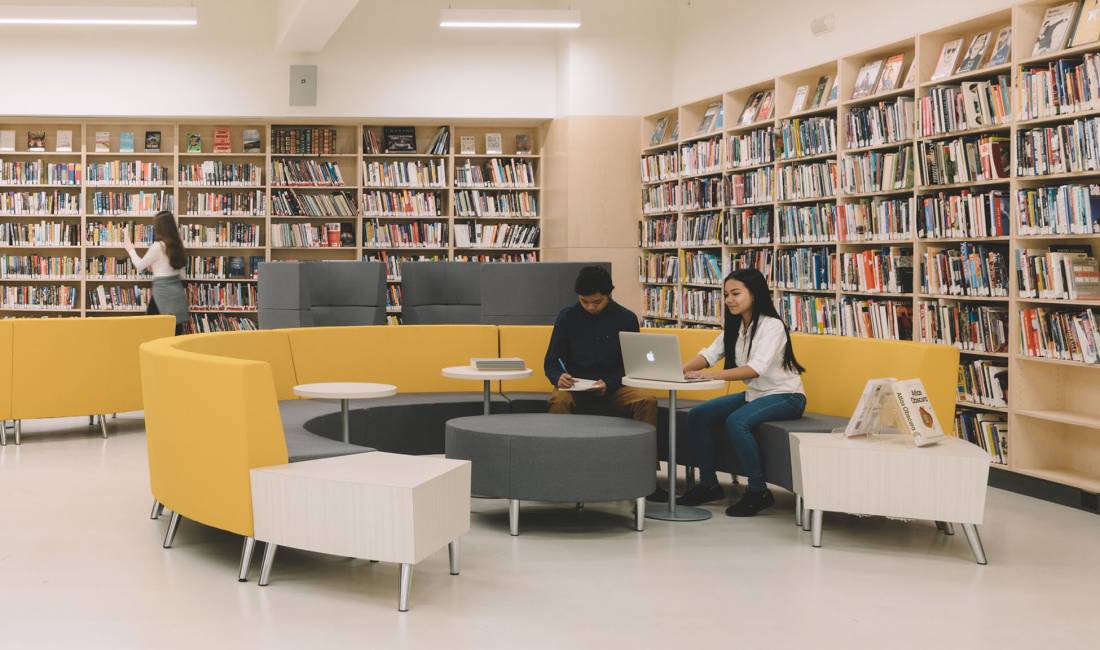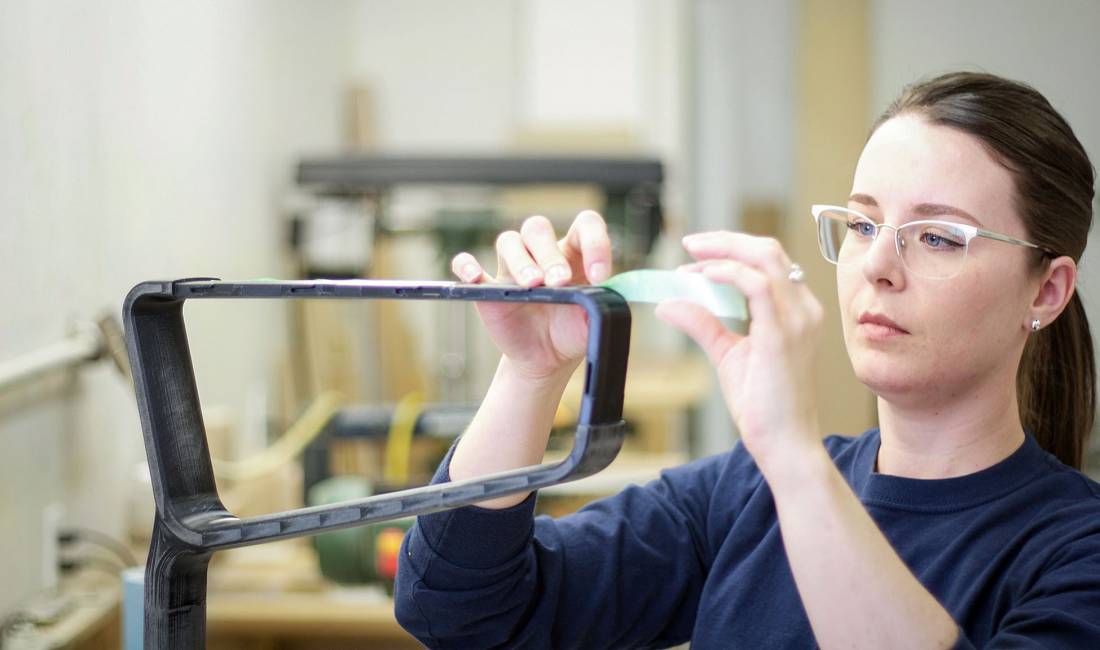What’s next for the office? A conversation with Susan Chang
Interview, Trend | September 25, 2024
The number of workers with hybrid work arrangements has tripled since 2022 in Canada1 and increased to 41% in the US2. We spoke with Susan Chang, Senior Vice President, Workplace Consulting at JLL about the impact of hybrid work on office design, and what’s next for the workplace.
Q: How did you get started in workplace design?
I began my career in interior design for healthcare, where I designed some large hospitals and worked on clinical planning and programming. I then shifted over to workplace and post-secondary education and now my focus is on strategic workplace advisory.
It’s interesting because I find there’s a lot of crossovers between education, corporate and healthcare - all three verticals learn from each other whether it’s dealing with Infection Prevention And Control (IPAC), addressing acoustics and privacy or getting the most out of limited space. For example, faculty in education are affected by the same things as employees in corporate. Physical space is at a premium, budgets are tough. Both sectors are looking at how to make the most out of less space.
"It’s all about space utilization. How can we use the space in the maximum/optimal way? This calculation is tantamount."
– Susan Chang
Q: What are the big things that have changed and how have they impacted design?
Obviously, the impact of technology is big. Video conferencing is huge. There’s so much of it now, and people are frustrated because it’s happening in open spaces where it’s loud and there’s no privacy. That’s why we’ve seen a lot of pods added into spaces to provide acoustic privacy, but we are now seeing a bit of backlash against them. End users feel they’re claustrophobic and lack visual privacy, especially the glass ones (which most of them are). They also often find them somewhat unnerving in terms of how they’ve been placed within a floor space as they usually spotlight you, single out a person. And the air quality is never great – they can smell!
That’s why I prefer to plan small focus rooms that are not a prefab solution. They can be designed thoughtfully with individual lighting and HVAC controls in the sizes that matter to our clients which is typically for single or double occupancies.
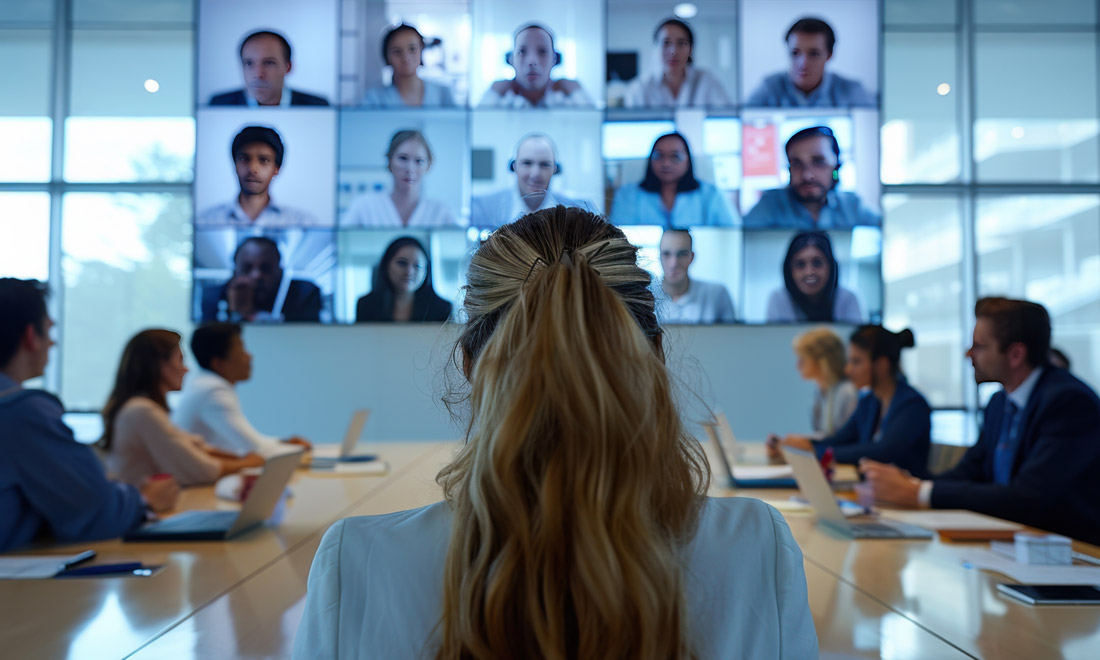
Q: What are the top trends you are seeing in the workplace?
It’s all about space utilization. How can we use the space in the maximum/optimal way? This calculation is tantamount. We’re also experiencing the impact of Gen Zs in the workplace. Unlike Millennials and Gen Xers, they’re not married to their trappings, so personalization of a space isn’t as important as it was for previous generations when we shifted to open or unassigned seating spaces.
However, no matter the organization, having an office is still important to many people, regardless of age, as many people still personally identify with an owned space.

Q: What issues are keeping your clients up at night?
There’s so much pressure to get things right, to solve the problems involved in getting people back and staying in the office. The stakes are high, and everyone is afraid that they’ll get things wrong. The challenge is that nothing is fixed with hybrid, there are so many iterations of what that means. And, what it looks like in a space can change and evolve. It really is dependent on the unique needs of each client.
"[They're] looking for a buzzworthy space. It’s that buzz factor that gets people back and keeps them coming back to the office. [...] We need to identify what their unique culture is. Once we know that, we can build a baseline."
– Susan Chang
Q: How do you approach designing the hybrid office?
Well, all my clients are looking for a buzzworthy space. It’s that buzz factor that gets people back and keeps them coming back to the office. And to do this, it’s not about relying on white papers and ‘common knowledge’ – rather it’s about getting the right data, THEIR data. So, we must engage with them and their end users to figure out what their specific needs and wants are for their workplace. We need to identify what their unique culture is. Once we know that, we can build a baseline.
We are also developing a new approach to planning metrics that we’ve coined ‘The Hybrid Head Count’ which values the person that is present in the office. It results in less overall space required however, it’s better more amenitized space for those people. This is exciting!
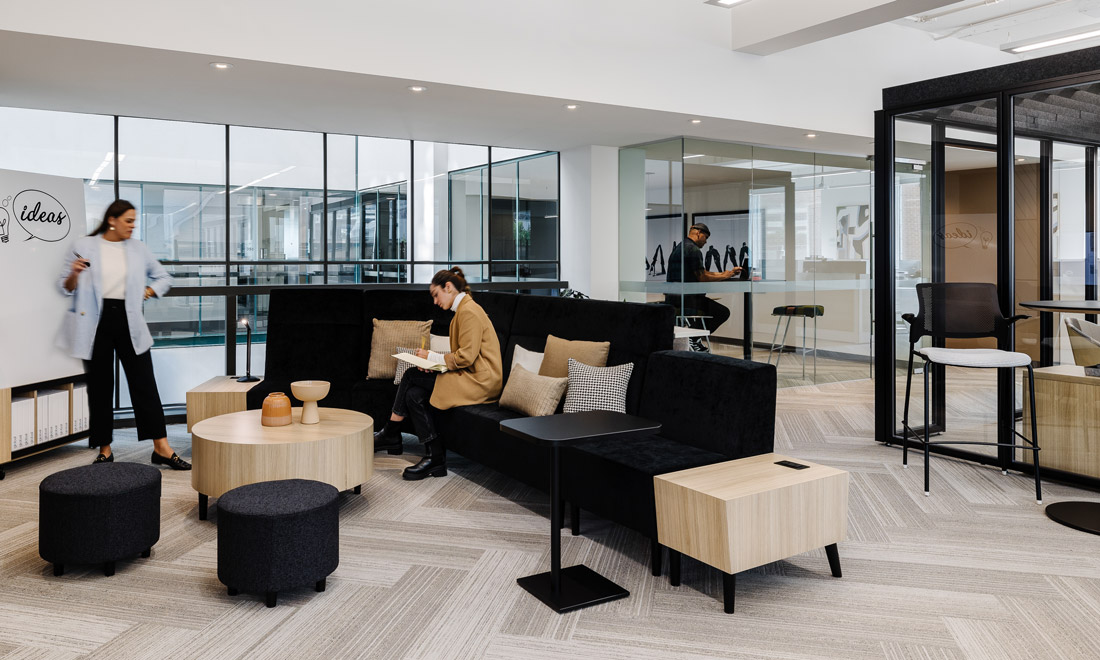
Q: Who’s leading the charge in terms of offices for the future?
We’re seeing law firms leading the charge in terms of going back to the office. In fact, a lot of them never left.
They’ve realized there is a real issue of knowledge transfer. It’s hard for it to happen when the next generation is working from home. The reality is that you can’t learn everything online. So, they need an environment that supports quick conversations, being able to tap on the shoulder of a colleague and ask a question or facilitate having a senior partner show them the ropes on business development and relationship building.
Q: What do you see as the key ingredients of a future proofed office?
Our job doesn’t end once the space is designed. There’s lots of work to do on employee permission, engagement and protocol.
Why is permission important? We’ve facilitated focus groups on how to maximize office design and we’ve discovered that Gen Zer’s feel if they leave their seat, it will be perceived by their boss as though they’re not working. They need to be given permission to leave their seat and work in other spaces, like in a lounge area on the couch with the laptop on their lap, much the way they would do at home.
"Our job doesn't end once the space is designed. [...] Without this education and reinforcement on how to use the space, it will go underutilized."
– Susan Chang
Once they understand they have that permission, then we look to engagement. This is ensuring the space is utilized as it’s designed. To do this, our clients need to educate their employees on how to use the space. For example, laying out what’s possible by providing different collaboration scenarios away from the desk and formal meeting rooms to encourage engagement and connection.
Finally, we need to provide supportive and instructional information on protocols like how to connect to media devices away from the desk will encourage overall engagement and connection. Without this education and reinforcement on how to use the space, it will go underutilized.
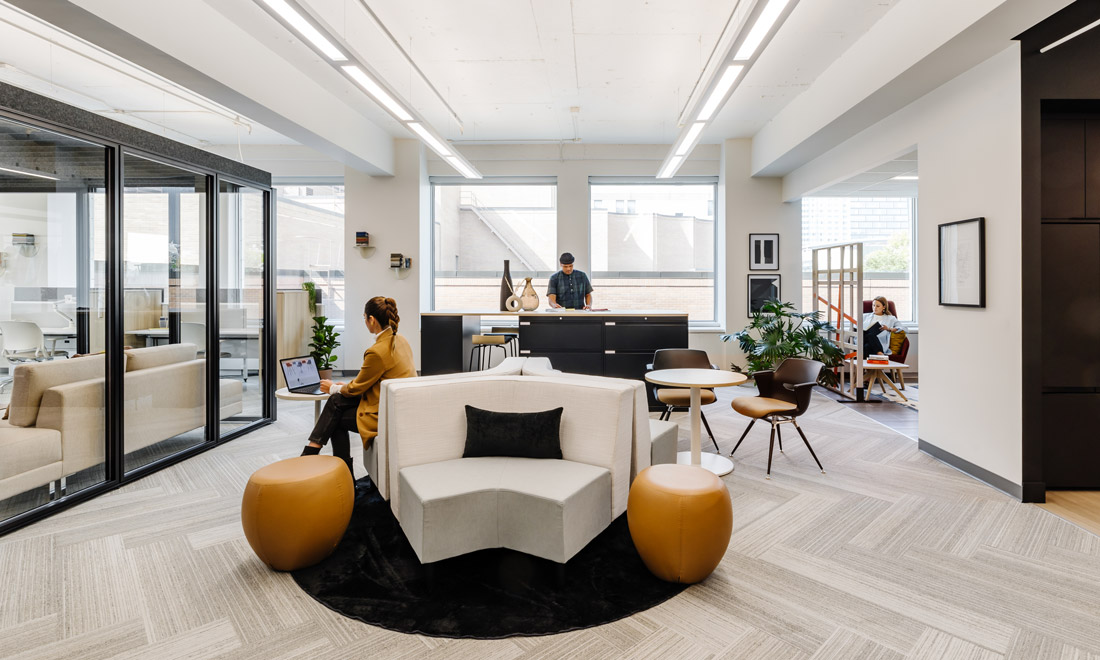
Q: What do you enjoy the most about workplace strategy?
Workplace Consulting is essentially the evolution of space utilization and design. I really enjoy combining a variety of sectors and perspectives and interior design, human behavior and data-driven tactical processes to help organizations undergo complete workplace transformations. It’s really rewarding to see it all come together in a space.
1https://globalnews.ca/news/10142077/10142077-parents-hybrid-work-statcan/#:~:text=Statistics%20Canada%20says%20the%20share,per%20cent%20in%20November%202023
2https://www.pewresearch.org/short-reads/2023/03/30/about-a-third-of-us-workers-who-can-work-from-home-do-so-all-the-time/
Enjoy this article? Don't forget to share.


